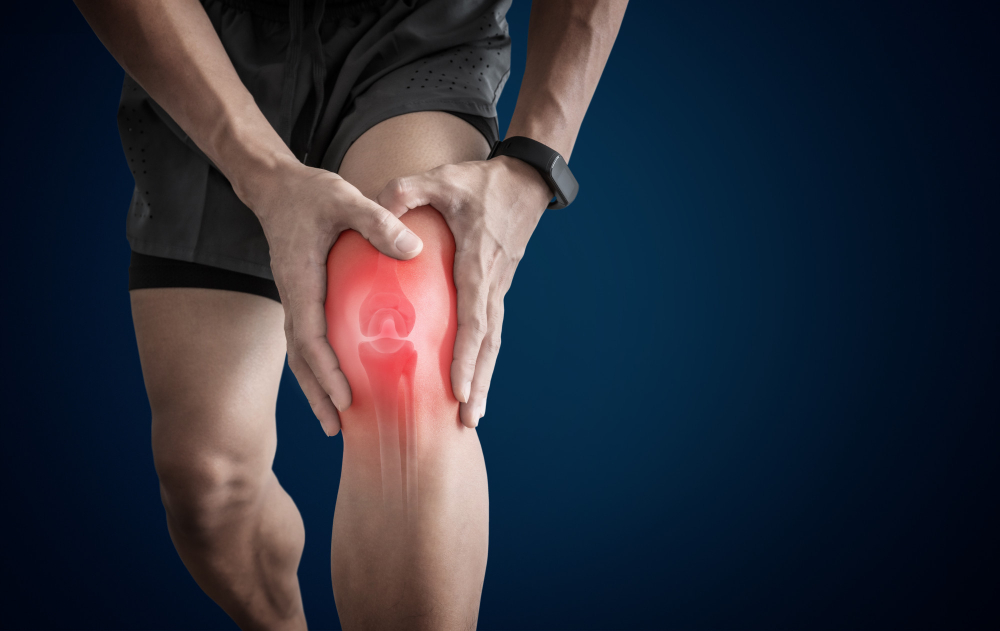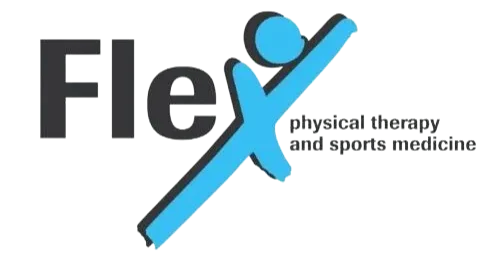
What is Joint Pain?
Joint pain is a common discomfort that can affect people of all ages. It refers to soreness, aching, or discomfort in one or more of the body’s joints—such as the knees, hips, or shoulders. Joint pain can stem from various causes and conditions, impacting your daily activities and overall mobility.
Request an AppointmentWho Might Experience Joint Pain?
Joint pain can affect people from all walks of life but is especially common in:
- Elderly Individuals
Aging naturally wears down joints, increasing the risk of pain. - Athletes and Active People
Sports injuries and repetitive joint use can lead to pain and inflammation. - People with Certain Medical Conditions
Conditions like arthritis, lupus, or gout often cause chronic joint pain.
How Do You Know If You Have Joint Pain?
Common signs and symptoms of joint pain include:
- Pain: Aching or soreness that may worsen with movement.
- Swelling: The joint may appear swollen or feel warm.
- Stiffness: Difficulty moving the joint or reduced range of motion.
- Redness or Heat: The joint may look red and feel warm to the touch.
What Causes Joint Pain?
Joint pain may result from various factors, such as:
- Arthritis: Including osteoarthritis and rheumatoid arthritis.
- Injury or Trauma: Falls, accidents, or sports injuries damaging joints.
- Overuse: Repetitive movements or strenuous activities.
- Infections: Conditions like septic arthritis.
Types of Joint Pain
Different types of joint pain include:
- Osteoarthritis: The most common type, linked to aging and joint wear.
- Rheumatoid Arthritis: An autoimmune disease causing joint inflammation.
- Gout: Caused by uric acid crystal buildup, often in the big toe.
- Bursitis: Inflammation of the bursae, the cushioning sacs near joints.
How Can Joint Pain Be Treated?
Treatment depends on the cause and severity but often includes:
- Rest and Activity Modification: Avoiding activities that worsen pain.
- Physical Therapy: Exercises to improve joint strength and flexibility.
- Medications: Pain relievers and anti-inflammatory drugs.
- Hot or Cold Therapy: Applying heat or cold to reduce pain and swelling.
- Injections: Corticosteroids or hyaluronic acid for inflammation relief.
- Surgery: For severe joint damage requiring repair or replacement.
What to Expect During Recovery
Recovery varies but typically involves:
- Rest and Healing: Allowing time for the joint to recover.
- Physical Therapy: Regaining strength and mobility.
- Medications: Managing pain as prescribed.
- Lifestyle Adjustments: Maintaining a healthy weight and avoiding joint overuse.
Can Joint Pain be Prevented?
While not all joint pain is preventable, you can reduce your risk by:
- Maintaining a Healthy Weight: Reducing stress on joints.
- Staying Active: Keeping joints flexible and strong.
- Protecting Joints: Using proper techniques and gear during activities.
- Eating a Balanced Diet: Rich in nutrients like calcium and vitamin D.
Looking for Joint Pain Treatment?
Joint pain affects many people, from athletes to seniors, and can range from mild to severe. If you’re experiencing joint pain, consulting a healthcare professional is essential to identify the cause and find the right treatment.
With the proper care, many people successfully manage or relieve joint pain and maintain an active, fulfilling lifestyle. Follow your healthcare provider’s advice and take steps to protect your joints for long-term health.
